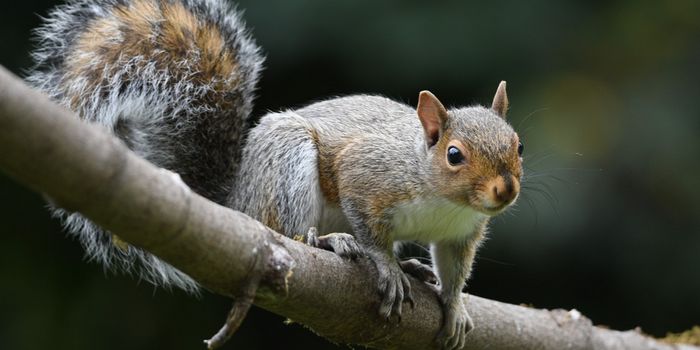At Least 15 Animal Species in the US Have Contracted COVID-19 So Far
We’re almost 2 years into the COVID-19 pandemic, and we’ve learned a lot about how the virus works. This understanding has led to monumental advances in treatments and vaccines that have great potential to save lives.
Since the beginning of the pandemic, however, scientists began to notice a peculiar trend in the infectious habits of SARS-CoV-19 that could provide insight into how the virus spreads and mutates: several animal species have presented with COVID-19 infection. According to an article in National Geographic, the number of affected species appears to total 15, with about 315 individual animals confirmed to have contracted the virus.
So what does this all mean and why is it important? Here’s what researchers seem to know so far:
First, it appears that carnivore species (referring to a specific class of carnivores, such as cats and dogs, not carnivores broadly speaking) are primarily affected. And while there isn’t enough data to conclusively say which animals are most at risk of contracting the virus, it does appear that large cats are at the top of the list, particularly those living in zoos.
Second, animals are affected differently by variants of the virus. Researchers suggest that viral mutations could be allowing the virus to infect different species and move rather stealthily, though they also note that the virus could become less dangerous as it expands what species it could infect.
Finally, most cases appear to be located in zoos. However, most cases that have been confirmed come from zoos with very strict health protocols and processes in place for testing and detecting the virus. Specifically, these are zoos accredited with the Association of Zoos and Aqariums (AZA), which have rigorous guidelines and regulations that protect animal health and safety.
So why is this all important? Basically, if the virus can infect animals, it raises a number of questions about what this says about the virus’s infectious abilities. Can it transmit from human to animals and back, for example? Current CDC guidance suggests that there is no conclusive evidence showing that animals spread the virus, and that more research is needed.
However, there are many places, such as roadside zoos that are not accredited by the AZA, that allow for human to animal contact, something AZA-affiliated zoos do not. The need for more research is crucial when you have a virus that could move between and infect different species, because the need for stronger mitigation strategies may be essential.
Sources: National Geographic; CDC








